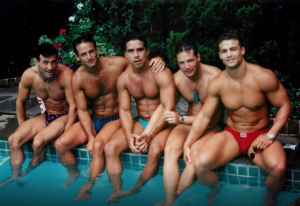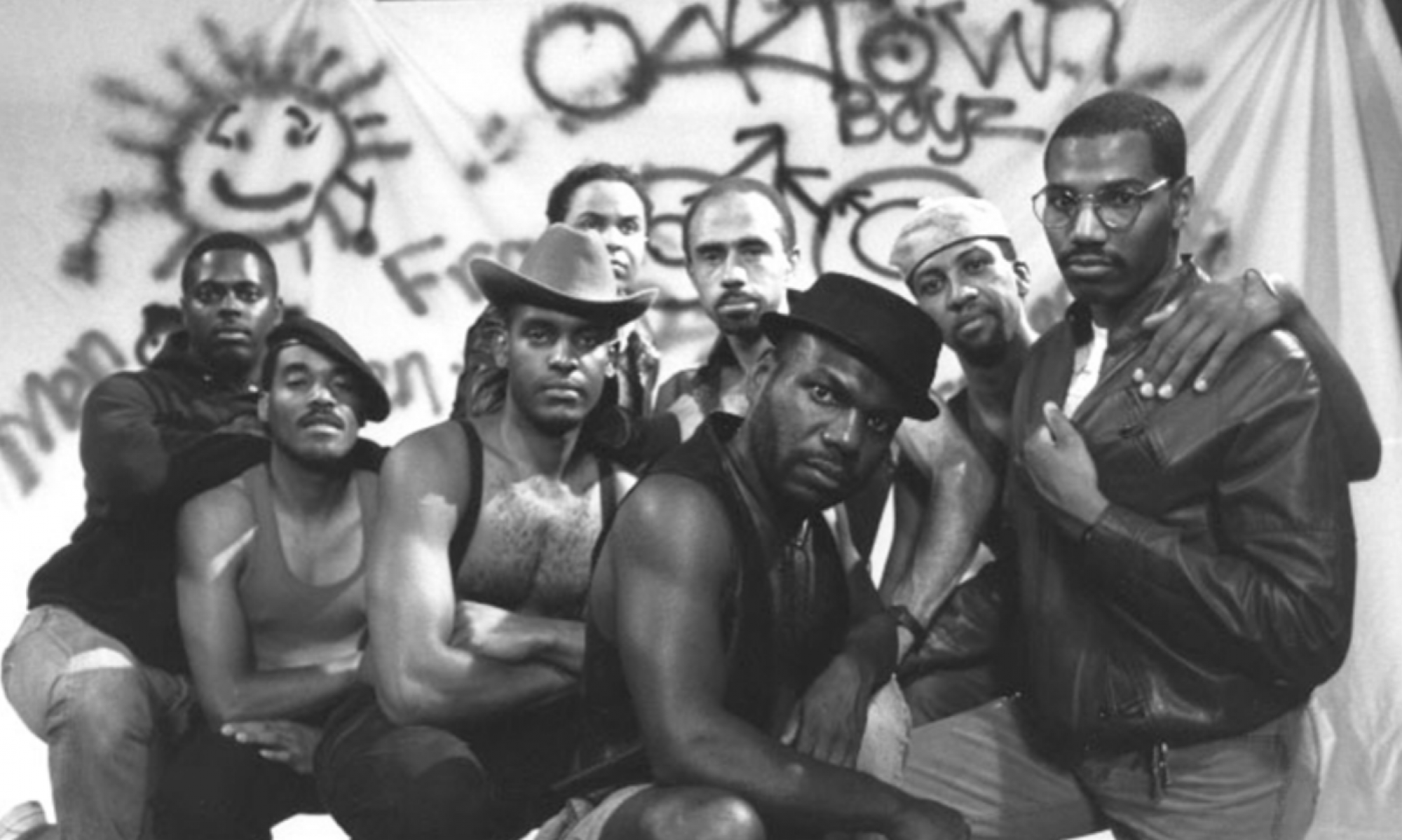 In this paper I explore the evolving and overlapping relations between a queer subcommunity—gay male circuit participants—and commercial advertising, with a particular emphasis on the fashion industry. The new territory I chart is in establishing the relationship between circuit and hetero/sexist commercial advertising as reciprocal, rather than unidirectional. To explore the particularities of this reciprocal influence, I borrow an assertion from Filiault and Drummond (2007) that hegemonic, heterosexist masculinity can be performed through both somatype and attitude (the two of which, together, constitute aesthetic). I employ commonly recognized sexual identity categories to distinguish between a presumed majority heterosexual market—a “phantom general audience”— and the gay male market segment. The reason for this, as I posit, is that the phantom market and the gay male market segment often consume popular imagery in different ways. As a gay-identified, cisgender, male, white, educated, toned, upper-middle-class 21-year old man, I possess many of the prerequisite markers for a masculinity that would have been hegemonic in the late 20th century and remain so today. As a genders and sexualities scholar as well as an activist, I feel the tension between my queerness (including encounters with and on the circuit) and engagement with hegemonic masculinity, as gender oppression and homophobia have been primary sources of shame, drivers of performance, and shapers of desire in my life. Throughout, I reflect on a few but relevant personal experiences. In intertwining these retrospectives with academic discussion of media consumption, I call other men to reflect on their complicity and potential moments of victimhood in a hegemonic society with hopes of fostering empathy and underscoring the “interdependence of our struggles for justice.”
In this paper I explore the evolving and overlapping relations between a queer subcommunity—gay male circuit participants—and commercial advertising, with a particular emphasis on the fashion industry. The new territory I chart is in establishing the relationship between circuit and hetero/sexist commercial advertising as reciprocal, rather than unidirectional. To explore the particularities of this reciprocal influence, I borrow an assertion from Filiault and Drummond (2007) that hegemonic, heterosexist masculinity can be performed through both somatype and attitude (the two of which, together, constitute aesthetic). I employ commonly recognized sexual identity categories to distinguish between a presumed majority heterosexual market—a “phantom general audience”— and the gay male market segment. The reason for this, as I posit, is that the phantom market and the gay male market segment often consume popular imagery in different ways. As a gay-identified, cisgender, male, white, educated, toned, upper-middle-class 21-year old man, I possess many of the prerequisite markers for a masculinity that would have been hegemonic in the late 20th century and remain so today. As a genders and sexualities scholar as well as an activist, I feel the tension between my queerness (including encounters with and on the circuit) and engagement with hegemonic masculinity, as gender oppression and homophobia have been primary sources of shame, drivers of performance, and shapers of desire in my life. Throughout, I reflect on a few but relevant personal experiences. In intertwining these retrospectives with academic discussion of media consumption, I call other men to reflect on their complicity and potential moments of victimhood in a hegemonic society with hopes of fostering empathy and underscoring the “interdependence of our struggles for justice.”

VIS 369 / GSS 370 / THR 369 Fall 2018